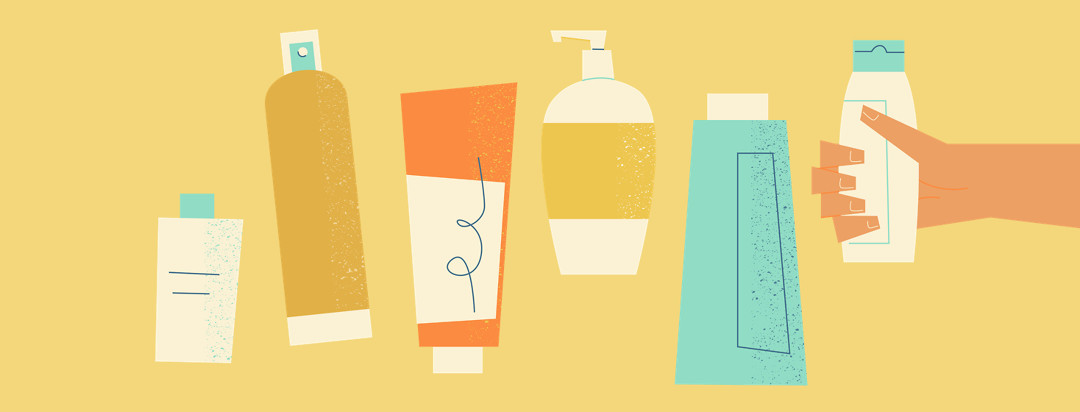Sunscreen Collection
Back in April, there was still a patch of snow in the front yard. I live in Buffalo, NY where it can be sunny and in the 50’s making one wonder if it's finally spring. I began the spring cleaning round up and noticed a number of spray bottles of sunscreen in the garage. What do I do with it? Do I keep it and reuse it? Everything in the garage froze the whole winter. What do I do with old sunscreen? The last thing I want to do is lather my family up with ineffective sunscreen and have them burn. I needed some answers.
Does sunscreen expire?
According to a recently published article on the effectiveness of sunscreen on the Mayo Clinic website, there are some good rules of thumb:
- Sunscreens are formulated to remain effective for up to three years if they are stored properly.1
- Sunscreen packaging should have expiration dates clearly displayed. If not, be sure to note the date you purchased it on the bottle for easy reference.1
- If sunscreen looks discolored or has any change in consistency, then toss it out.1
Does frozen sunscreen go bad?
But what about storing it in the frozen garage all winter where neither man nor beast should inhabit? The directions on the sunscreen bottle itself recommended storing it in a cool, dry place. I understand that it should not be left in a very hot car as it is an aerosol bottle, but my issue was with the cold and I don’t think that “cool” means freezing temperatures for months at a time. So, since I would rather be safe than sorry, I ditched the bottles altogether.
New recommendations: pre sun application
In all of this, I also found additional recommendations regarding sunscreen application that make sense. According to the British Association of Dermatologists (BAD), it should be applied liberally 30 minutes before going outside so that it may be fully absorbed into the skin and reapplied every two hours.2
New recommendations: another rating
Evidently, there is another important rating beyond SPF (Sun Protection Factor, which measures how much UVB rays are blocked) that should be considered when purchasing and using sunscreen. It is called the star rating scale and it measures how much UVA is blocked.3 According to BAD, the scale goes from 0-5 with sunscreen receiving three stars having the ability to block out 60% of the UVA as UVB rays.3 What does this mean? Well, according to the article, look for a sunscreen that is at least 4-star.
My head is spinning
To summarize, BAD recommends at least SPF 30 with a 4-star rating. Does this seem like a hotel rating system? So, now when I go to my local pharmacy and make my new purchase of sunscreen for the season, I will note the expiration date on the label, store it in a cool, dry place, apply it 30 minutes before going outside and make sure that it is at least 30 SPF and has a 4-star rating or better. I am going to need an administrative assistant just to manage my sunscreen!!!

Join the conversation